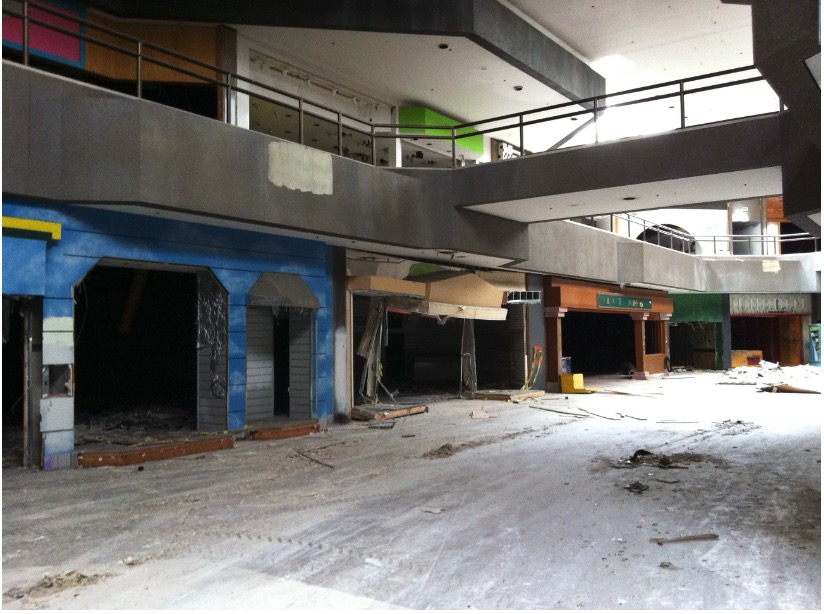Comments
A CITY'S DESTINY - For more than twenty years, the Hawthorne Mall stood as a silent giant in the heart of the city—its vast halls echoing only with memories and the restless whispers of wind threading through broken windows. Once a hub of bustling commerce and laughter, the mall had become a monument to neglect, a canvas for graffiti artists, and an unwelcome playground for trespassers. The community’s patience wore thin, but hope lingered—embodied in the efforts of residents who refused to let their city’s spirit fade with the peeling paint and shattered glass.
It was an ordinary Tuesday when the story reached a turning point. City Attorney Robert Kim stood in the packed council chambers, the weight of his neighbors’ voices resonating in every word. He spoke not just as an official, but as a fellow Hawthorne resident, weaving together years of complaints, petitions, and heartfelt pleas. Each testimony told of personal encounters: teenagers who risked injury in the mall’s shadows, business owners watching their foot traffic dwindle, parents worried about the safety of their children.
The antagonists were not faceless; The Charles Company and its affiliate, M&A Gabaee, owned the mall and, for years, promised visions of transformation that never materialized. Their inaction left the city’s hopes trapped behind padlocked doors and crumbling walls. But Hawthorne was not a city that accepted defeat. The mayor, councilmembers, and residents rallied together, forging a unified demand for change.

The legal battle was arduous but determined. The City of Hawthorne took decisive action, bringing a nuisance abatement case to court, wielding the collective frustration and aspirations of the community as evidence. After months of legal deliberation, an injunction was secured—a permanent court order that forced the owners’ hand. No longer could they let the mall languish. By August 31, 2026, the property would either be redeveloped or demolished.
The ruling was more than a document; it was a breath of fresh air. The injunction mandated immediate steps: securing the perimeter with fencing, daily cleanup crews to clear away litter and broken glass, testing the structure for hidden dangers like asbestos, and maintaining vigilant on-site security. For the first time in years, families walking by the site began to imagine something new rising from the mall’s ashes—a vibrant space that would knit the city’s neighborhoods back together.
But the court’s ultimatum was firm. If the owners failed to meet the deadline, the City reserved the right to ask for a court-appointed receiver who would assume control and determine the property’s fate. The city’s resolve was unwavering, its legal armor reinforced by the steadfast support of the people.
In the aftermath, residents felt a cautious optimism. Local leaders commended those who spoke up, acknowledging that it was the persistence of ordinary citizens—their meetings, their letters, their presence at city hall—that gave the City the evidence it needed to win relief. For Hawthorne, the mall’s fate was no longer a story of decline, but of a community reclaiming its future.
As the sun set behind the framework of the old mall, children played in nearby yards, and shopkeepers swept their stoops with renewed purpose. The city’s website began posting updates, and social media buzzed with conversations about what might come next—a market, a park, perhaps a brand-new center for gathering and celebration.
Hawthorne’s story was not just about bricks and mortar, but about the enduring power of its people to shape their city’s destiny.
###






